Text
Schools: environmental education and computer games in learning
Why is school important for teaching kids about climate change and how can our game help with that?
Everything children learn at school allows them to, one day, choose the future they want to live in. Schools also teach children how to put themselves to the test. The child strives to achieve a goal and is rewarded based on what has been done. In this way they understand that no goal is achieved without their commitment. Additionally, it is at school that the child lays the foundations to define the adult he/she will one day become.
The importance of environmental education
Children and young people have a growing awareness of the threat that climate change represents for our world and for their future, as demonstrated in recent months by the youth movement for the climate born thanks to Greta Thunberg. These children, if properly educated and prepared, can play a really important role in the fight against the environmental crisis as they would be able to influence the decisions of their parents. According to the study Children can foster climate change concern among their parents, published by a group of sociologists and ecologists from North Carolina state university in the journal Nature Climate Change.
This new study reveals that educating children about the dangers of climate change raises their parents' concerns about the environmental emergency. According to the researchers, environmental education in schools, especially about the climate, is essential to raise awareness among young people and, consequently, their parents. "There is a large body of work showing that children can influence parental behavior and positions on environmental and social issues - said one of the authors of the study, Danielle Lawson - but this is the first experimental study showing that climate education for children increases parents' concern about climate change ”. The fact that children are able to influence adults can be explained by the banal adage that children are the voice of truth. The perception of climate change in the very young would be particularly credible since, unlike adults, they are less susceptible to the influence of the common worldview or political context. Thanks to the candor of their vision, children would be able to inspire adults and increase their concern about the ongoing climate crisis, triggering an intergenerational learning process.
To carry out the experimental study, the researchers worked with 238 students, aged between 10 and 14, and 292 parents. All of these people were initially tested to measure their levels of concern about climate change. After that some of these kids (166) took a course on climate change, while the rest did not. The study found an increase in environmental concerns in both groups, but "much more pronounced in the families of the children who took the course," said Danielle Lawson.
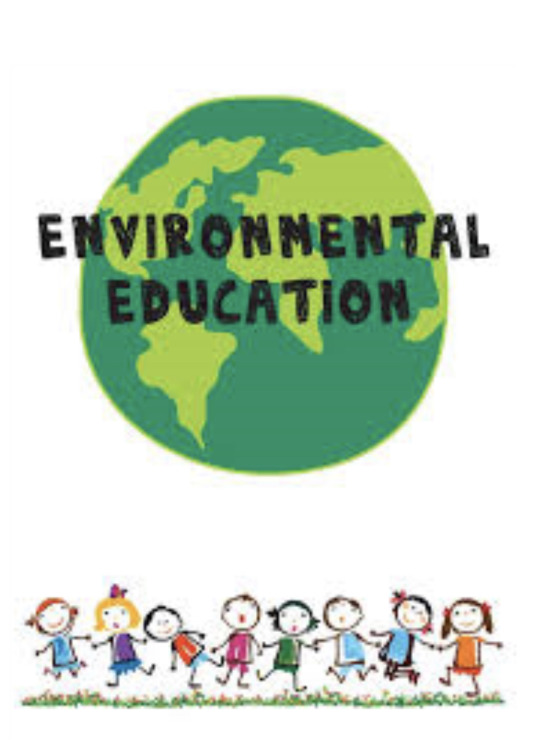
The advantages of computer games in learning
Climate change is one of the huge global problems young children will have to tackle in their near future . They will have to be creative thinkers in a globalized world having to work together with other people from different countries, cultures and realities. Computer games can help them with this (As Shaffer writes in his book about How Computer Games Help Children Learn). They can help young children learn to think like scientists, engineers, urban planners, journalists, lawyers, and other innovative professionals, giving them the tools they need to survive in a changing world. Studies show that playing video games encourages critical thinking, improves motor skills and enhances key social skills like leadership and team building. They're also effective tools for teaching educational skills like algebra, biology and coding, as gaming helps to deepen learning and understanding. In the science classroom for example where our game would fit in perfectly, computer games can present unique opportunities for teachers and students, as they involve activities of observation, interpretation, simulation, inference, prediction, hypothesis, classification, and communication (Lowe, 1988). Computer games can make the scientific inquiry process more engaging for kids by providing a rich and interactive environment that challenges them to solve a complex problem in a meaningful context and enables them to gather information and evidence from multiple sources using authentic tools (An, 2015). Computer games give students the special opportunity to learn by doing and help them develop transferable knowledge and skills by allowing them to practice newly learned skills in a variety of situations.

#climate tag#climate change#climate crisis#global warming#environment#climate#student#education#computer games#educational computer games#L.E.G.S.
3 notes
·
View notes
Text
Global Warming
Glaciers are Shrinking
Earth’s glaciers are shrinking, and in the past 20 years, the rate of shrinkage has steadily sped up, according to a new study of nearly every glacier on the planet.
Glaciers mostly lose mass through ice melt, but they also shrink due to other processes, such as sublimation, where water evaporates directly from the ice, and calving, where large chunks of ice break off the edge of a glacier, according to the National Oceanic and Atmospheric Administration (NOAA). By tracking how quickly glaciers are shrinking, scientists can better predict how quickly sea levels may rise, particularly as climate change drives up average global temperatures.
The team found that, between 2000 and 2019, glaciers collectively lost an average of 293.7 billion tons (267 billion metric tonnes) of mass per year, give or take 17.6 billion tons (16 billion metric tonnes); this accounts for about 21% of the observed sea-level rise in that time frame.

7 notes
·
View notes
Text
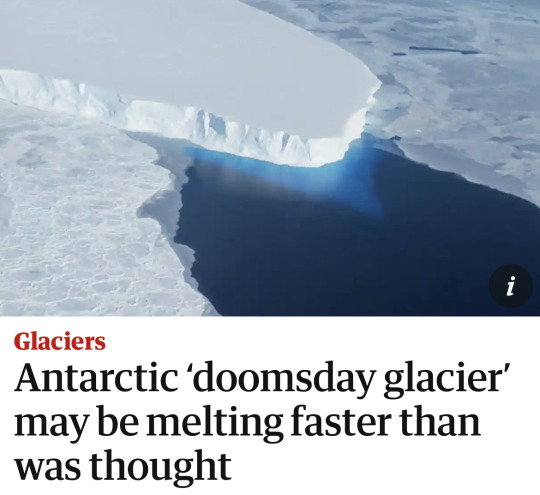
Yikes. “The fate of the glacier and the west Antarctic ice sheet could be sealed in the next two to five years.”
4 notes
·
View notes
Video


The kid truly care about our planet more than adults and politicians
67K notes
·
View notes
Text

NASA Spotlight: Earth Climate Scientist Dr. Yolanda Shea
Dr. Yolanda Shea is a climate scientist at NASA's Langley Research Center. She’s the project scientist for the CLARREO Pathfinder (CPF) mission, which is an instrument that will launch to the International Space Station to measure sunlight reflected from Earth. It will help us understand how much heat is being trapped by our planet’s atmosphere. Her mission is designed to help us get a clearer picture than we currently have of the Earth’s system and how it is changing
Yolanda took time from studying our home planet to answer questions about her life and career! Get to know this Earth scientist:
What inspired you to study climate science?
Starting in early middle school I became interested in the explanations behind the weather maps and satellite images shown on TV. I liked how the meteorologists talked about the temperature, moisture, and winds at different heights in the atmosphere, and then put that together to form the story of our weather forecasts. This made me want to learn more about Earth science, so I went to college to explore this interest more.
The summer after my junior year of college, I had an internship during which my first assignment was to work with a program that estimated ocean currents from satellite measurements. I was fascinated in the fact that scientists had discovered a way to map ocean currents from space!
Although I had learned about Earth remote sensing in my classes, this was my first taste of working with, and understanding the details of, how we could learn more about different aspects of the physical world from satellite measurements.
This led to my learning about other ways we can learn about Earth from space, and that includes rigorous climate monitoring, which is the area I work in now.
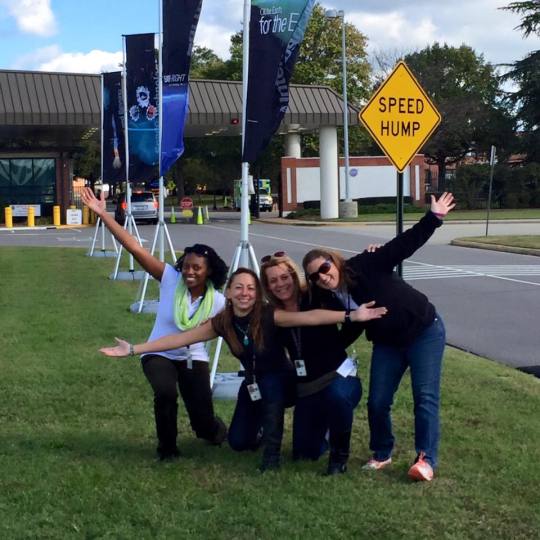
What does a day in your life look like?
Before I start my workday, I like to take a few minutes to eat breakfast, knit (I’m loving sock knitting right now!), and listen to a podcast or audio book. Each workday really looks different for me, but regardless, most days are a combination of quieter moments that I can use for individual work and more interactive times when I’m interfacing with colleagues and talking about project or science issues. Both types of work are fun in different ways, but I’m glad I have a mixture because all researchers need that combination of deep thinking to wrap our minds around complex problems and also time to tackle those problems with others and work on solving them together.
When do you feel most connected to Earth?
I’ve always loved sunsets. I find them peaceful and beautiful, and I love how each one is unique. They are also a beautiful reminder of the versatility of reflected light, which I study. Sitting for a moment to appreciate the beauty and calm I feel during a sunset helps me feel connected to Earth.

What will your mission – CLARREO Pathfinder – tell us about Earth?
CLARREO Pathfinder (CPF) includes an instrument that will take measurements from the International Space Station and will measure reflected sunlight from Earth. One of its goals is to demonstrate that it can take measurements with high enough accuracy so that, if we have such measurements over long periods of time, like several decades, we could detect changes in Earth’s climate system. The CPF instrument will do this with higher accuracy than previous satellite instruments we’ve designed, and these measurements can be used to improve the accuracy of other satellite instruments.
How, if at all, has your worldview changed as a result of your work in climate science?
The longer I work in climate science and learn from the data about how humans have impacted our planet, the more I appreciate the fragility of our one and only home, and the more I want to take care of it.
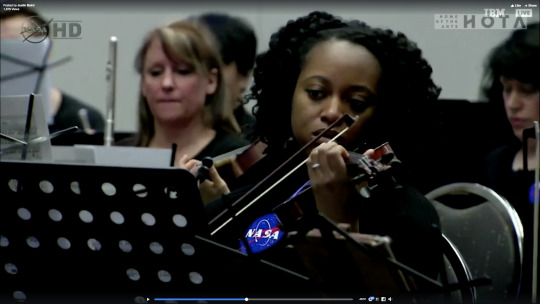
What advice would you give your younger self?
It’s ok to not have everything figured out at every step of your career journey. Work hard, do your best, and enjoy the journey as it unfolds. You’ll inevitably have some surprises along the way, and regardless of whether they are welcome or not, you’re guaranteed to learn something.
Do you have a favorite metaphor or analogy that you use to describe what you do, and its impact, to those outside of the scientific community?
I see jigsaw puzzles as a good illustration of how different members of a science community play a diverse set of roles to work through different problems. Each member is often working on their own image within the greater puzzle, and although it might take them years of work to see their part of the picture come together, each image in the greater puzzle is essential to completing the whole thing. During my career, I’ll work on a section of the puzzle, and I hope to connect my section to others nearby, but we may not finish the whole puzzle. That’s ok, however, because we’ll hand over the work that we’ve accomplished to the next generation of scientists, and they will keep working to bring the picture to light. This is how I try to think about my role in climate science – I hope to contribute to the field in some way; the best thing about what I have done and what I will do, is that someone else will be able to build on my work and keep helping humanity come to a better understanding of our Earth system.
What is a course that you think should be part of required school curriculum?
Time and project management skills – I think students tend to learn these skills more organically from their parents and teachers, but in my experience I stumbled along and learned these skills through trial and error. To successfully balance all the different projects that I support now, I have to be organized and disciplined, and I need to have clear plans mapped out, so I have some idea of what’s coming and where my attention needs to be focused.
Another course not specifically related to my field is personal financial management. I was interested in personal finance, and that helped me to seek out information (mainly through various blogs) about how to be responsible with my home finances. There is a lot of information out there, but making sure that students have a solid foundation and know what questions to ask early on will set them to for success (and hopefully fewer mistakes) later on.
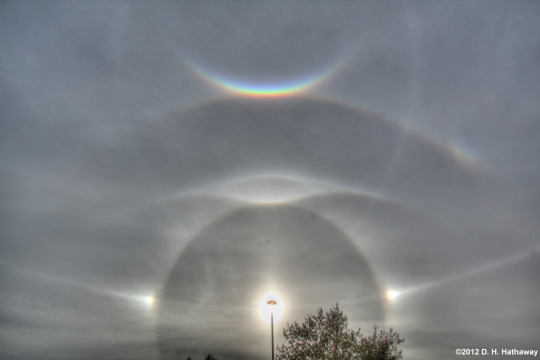
What’s the most unexpected time or place that your expertise in climate science and/or algorithms came in handy?
I think an interesting part of being an atmospheric scientist and a known sky-watcher is that I get to notice beautiful moments in the sky. I remember being on a trip with friends and I looked up (as I usually do), and I was gifted with a gorgeous sundog and halo arc. It was such a beautiful moment, and because I noticed it, my friends got to enjoy it too.
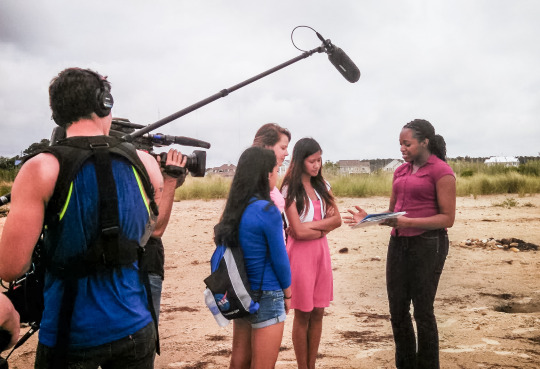
Can you share a photo or image from a memorable NASA project you’ve worked on, and tell us a little bit about why the project stood out to you?
I absolutely loved being on the PBS Kids TV Show, SciGirls for their episode SkyGirls! This featured a NASA program called Students’ Clouds Observations On-Line (S’COOL). It was a citizen science program where students from around the globe could take observations of clouds from the ground that coincided with satellite overpasses, and the intention was to help scientists validate (or check) the accuracy of the code they use to detect clouds from satellite measurements. I grew up watching educational programming from PBS, so it was an honor to be a science mentor on a TV show that I knew would reach children across the nation who might be interested in different STEM fields. In this photo, the three young women I worked with on the show and I are talking about the different types of clouds.
To stay up to date on Yolanda's mission and everything going on in NASA Earth science, be sure to follow NASA Earth on Twitter and Facebook.
🌎 If you're looking for Earth Day plans, we have live events, Q&As, scavenger hunts and more going on through April 24. Get the details and register for our events HERE.
Make sure to follow us on Tumblr for your regular dose of space: http://nasa.tumblr.com.
21K notes
·
View notes
Text
Polar Vortex spills Arctic weather into North America
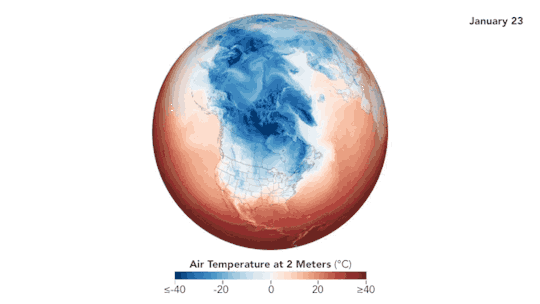
What in the world is a polar vortex? On Earth, it’s a large area of low pressure and extremely cold air that usually swirls over the Arctic, with strong counter-clockwise winds that trap the cold around the Pole. But disturbances in the jet stream and the intrusion of warmer mid-latitude air masses can disturb this polar vortex and make it unstable, sending Arctic air south into middle latitudes.
That has been the case in late January 2019 as frigid weather moves across the Midwest and Northern Plains of the United States, as well as interior Canada. Forecasters are predicting that air temperatures in parts of the continental United States will drop to their lowest levels since at least 1994, with the potential to break all-time record lows for January 30 and 31. With clear skies, steady winds, and snow cover on the ground, as many as 90 million Americans could experience temperatures at or below 0 degrees Fahrenheit (-18° Celsius), according to the National Weather Service (NWS).
The Goddard Earth Observing System Model above shows this air temperature movement at 2 meters (around 6.5 feet above the ground) from January 23-29. You can see some portions of the Arctic are close to the freezing point—significantly warmer than usual for the dark of mid-winter—while masses of cooler air plunge toward the interior of North America.
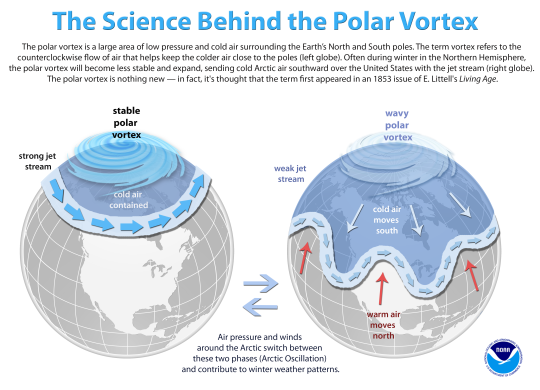
Science Behind the Polar Vortex / Credit: NOAA
Meteorologists predicted that steady northwest winds (10 to 20 miles per hour) were likely to add to the misery, causing dangerous wind chills below -40°F (-40°C) in portions of 12 states. A wind chill of -20°F can cause frostbite in as little as 30 minutes, according to the weather service.
Not sure how cold that is? Check out the low temperatures on January 30, 2019 in some of the coldest places on Earth—and a planetary neighbor:
-46°F (-43°C) – Chesterfield, Newfoundland
-36°F (-33°C) – Yukon Territory, Canada
-33°F (-27°C) – Fargo, North Dakota (Within the Polar Vortex)
-28°F (-18°C) – Minneapolis, Minnesota (Within the Polar Vortex)
-27°F (-33°C) – Amundsen-Scott South Pole Station, Antarctica
-24°F (-31°C) – Chicago, Illinois (Within the Polar Vortex)
-15°F (5°C) – Barrow, Alaska
-99°F (-73°C) – Mars
Learn more about the science behind the polar vortex and how NASA is modeling it here: https://go.nasa.gov/2Wtmb43.
Make sure to follow us on Tumblr for your regular dose of space: http://nasa.tumblr.com
5K notes
·
View notes
Video
This is Greta Thunberg’s full opening statement at today’s congressional climate change hearing:
“My name is Greta Thunberg … I don’t want you to listen to me. I want you to listen to the scientists … And then I want you to take real action.”
For more: See our reporting on climate issues around the world, as part of our series Climate in Crisis.
25K notes
·
View notes
Text
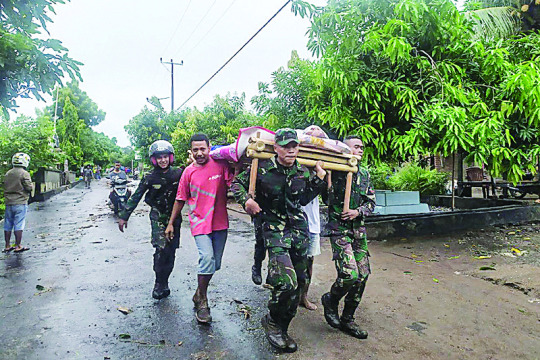
04/06/21
Indonesia, East Timor flood death toll surges past 160
Rescuers were searching for dozens of people still missing yesterday after floods and landslides swept away villages in Indonesia and East Timor, killing more than 160 people and leaving thousands more homeless. Torrential rains from Tropical Cyclone Seroja turned small communities into wastelands of mud, uprooted trees and sent around 10,000 people fleeing to shelters across the neighboring Southeast Asian nations.
Authorities in both nations were scrambling to shelter evacuees while trying to prevent any spread of COVID-19. Yesterday, East Timor recorded its first virus death-a 44-year-old woman-since the pandemic broke out last year. The tiny half-island nation of 1.3 million sandwiched between Indonesia and Australia, officially known as Timor-Leste, quickly shut down its borders to avoid a widespread outbreak that threatened to overwhelm its creaky health care system.
16 notes
·
View notes
Link
Coffee pulp, a coffee production byproduct, can speed up tropical forest recovery on land that had been clear cut for agricultural use. A new study by the University of Hawaii and ETH-Zurich researchers found the widely available waste material boosts plant growth substantially – 80% of the forest grew back…
70 notes
·
View notes
Video
youtube
Grist: 3 expert tips on how to spot bullshit. Very fitting for April Fool’s Day
2 notes
·
View notes
Text
Sweden Cancels Bill Gates Geoengineering Plan To Block Sun & Stop Global Warming
Sweden Cancels Bill Gates Geoengineering Plan To Block Sun & Stop Global Warming
from Great Game India
Bill Gates has proposed and funded a geoengineering experiment to determine whether blotting out the Sun with aerosols could reverse global warming. This experiment was undertaken by Sweden’s space agency. But now they have called off this project as they are facing a great opposition from the environmental activists.
The experiment was named as the Stratospheric…

View On WordPress
1 note
·
View note
Link
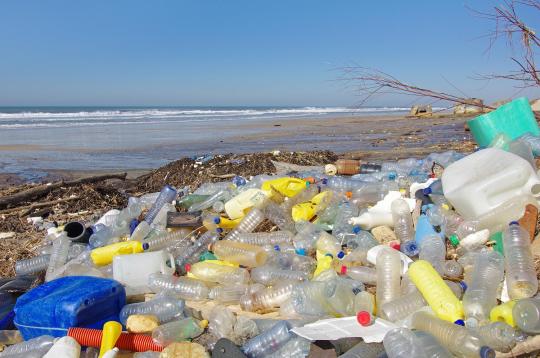
Please call / write your congresspeople to support this important bill.
We’ve been talking about plastic pollution on this blog for years, and it just keeps getting worse. Let’s finally do something about it.
The bill “ would force producers to handle waste, ban some single-use plastic products and pause permits of new plastics plants, among other measures. “
157 notes
·
View notes
Text
6 Ways NASA is Involved in Climate Science
When it comes to climate change, we play a unique role in observing and understanding changes to the planet. Thanks to NASA’s Earth observations and related research, we know our planet and its climate are changing profoundly. We also know human activities, like releasing carbon dioxide and methane into the atmosphere, are driving this change.
Not only do we make these observations, we help people and groups use this knowledge to benefit society. The work we do at NASA is critical to helping us understand the ways our planet is responding to increased temperatures.

Here are 6 ways that we are involved in climate science and informing decisions:
1. Monitoring Earth’s vital signs
Just like a doctor checks your vitals when you go in for a visit, here at NASA we are constantly monitoring Earth’s vital signs - carbon dioxide levels, global temperature, Arctic sea ice minimum, the ice sheets and sea level, and more.

We use satellites in space, observations from airplanes and ships, and data collected on the ground to understand our planet and its changing climate. Scientists also use computers to model and understand what’s happening now and what might happen in the future.

People who study Earth see that the planet’s climate is getting warmer. Earth’s temperature has gone up more than 1 degree Celsius (~2 degrees Fahrenheit) in the last 100 years. This may not seem like much, but small changes in Earth’s temperature can have big effects. The current warming trend is of particular significance, because it is predominantly the result of human activity since the mid-20th century and is proceeding at an unprecedented rate.
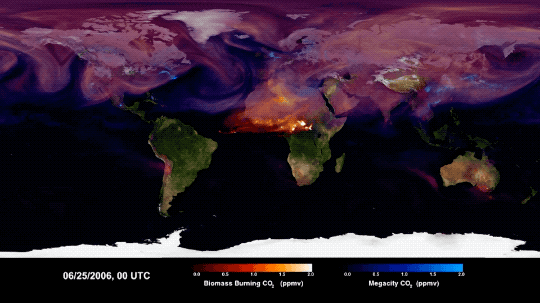
People drive cars. People heat and cool their houses. People cook food. All those things take energy. Human-produced greenhouse gas emissions are largely responsible for warming our planet. Burning fossil fuels – which includes coal, oil, and natural gas – releases greenhouse gases such as carbon dioxide into the atmosphere, where they act like an insulating blanket and trap heat near Earth’s surface.
At NASA, we use satellites and instruments on board the International Space Station to confirm measurements of atmospheric carbon levels. They’ve been increasing much faster than any other time in history.

2. Tracking global land use and its impacts
We also monitor and track global land use. Currently, half the world’s population lives in urban areas, and by 2025, the United Nations projects that number will rise to 60%.

With so many people living and moving to metropolitan areas, the scientific world recognizes the need to study and understand the impacts of urban growth both locally and globally.

The International Space Station helps with this effort to monitor Earth. Its position in low-Earth orbit provides variable views and lighting over more than 90% of the inhabited surface of Earth, a useful complement to sensor systems on satellites in higher-altitude polar orbits. This high-resolution imaging of land and sea allows tracking of urban and forest growth, monitoring of hurricanes and volcanic eruptions, documenting of melting glaciers and deforestation, understanding how agriculture may be impacted by water stress, and measuring carbon dioxide in Earth’s atmosphere.
3. Research into the causes of climate change
Being able to monitor Earth’s climate from space also allows us to understand what’s driving these changes.
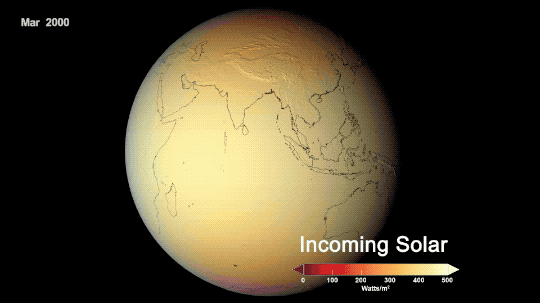
With the CERES instruments, which fly on multiple Earth satellites, our scientists measure the Earth’s planetary energy balance – the amount of energy Earth receives from the Sun and how much it radiates back to space. Over time, less energy being radiated back to space is evidence of an increase in Earth’s greenhouse effect. Human emissions of greenhouse gases are trapping more and more heat.

NASA scientists also use computer models to simulate changes in Earth’s climate as a result of human and natural drivers of temperature change.

These simulations show that human activities such as greenhouse gas emissions, along with natural factors, are necessary to simulate the changes in Earth’s climate that we have observed; natural forces alone can’t do so.
4. Research into the effects of climate change
Global climate change has already had observable effects on the environment. Glaciers and ice sheets have shrunk, ice on rivers and lakes is breaking up earlier, plant and animal ranges have shifted, and trees are flowering sooner.

The effects of global climate change that scientists predicted are now occurring: loss of sea ice, accelerated sea level rise and longer, more intense heat waves.
Climate modelers have predicted that, as the planet warms, Earth will experience more severe heat waves and droughts, larger and more extreme wildfires, and longer and more intense hurricane seasons on average. The events of 2020 are consistent with what models have predicted: extreme climate events are more likely because of greenhouse gas emissions.

Plants are also struggling to keep up with rising carbon dioxide levels. Plants play a key role in mitigating climate change. The more carbon dioxide they absorb during photosynthesis, the less carbon dioxide remains trapped in the atmosphere where it can cause temperatures to rise. But scientists have identified an unsettling trend – 86% of land ecosystems globally are becoming progressively less efficient at absorbing the increasing levels of carbon dioxide from the atmosphere.
Helping organizations to use all the data and knowledge NASA generates is another part of our job. We’ve helped South Dakota fight West Nile Virus, helped managers across the Western U.S. handle water, helped The Nature Conservancy protect land for shorebirds, and others. We also support developing countries as they work to address climate and other challenges through a 15-year partnership with the United States Agency for International Development.
5. Action on sustainability
Sustainability involves taking action now to enable a future where the environment and living conditions are protected and enhanced. We work with many government, nonprofit, and business partners to use our data and modeling to inform their decisions and actions. We are also working to advance technologies for more efficient flight, including hybrid-electric propulsion, advanced materials, artificial intelligence, and machine learning.

These advances in research and technology will not only bring about positive changes to the climate and the world in which we live, but they will also drive the economic engine of America and our partners in industry, to remain the world-wide leader in flight development.
We partner with the private sector to facilitate the transfer of our research and NASA-developed technologies. Many innovations originally developed for use in the skies above help make life more sustainable on Earth. For example:
Our Earth-observing satellites help farmers produce more with less water.
Expertise in rocket engineering led to a technique that lessens the environmental impact of burning coal.
A fuel cell that runs equipment at oil wells reduces the need to vent greenhouse gases.
6. Applying climate research to preserve NASA centers in coastal areas
Sea level rise in the two-thirds of Earth covered by water may jeopardize up to two-thirds of NASA’s infrastructure built within mere feet of sea level.
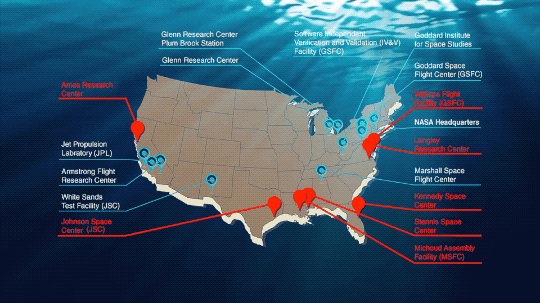
Some NASA centers and facilities are located in coastal real estate because the shoreline is a safer, less inhabited surrounding for launching rockets. But now these launch pads, laboratories, airfields, and testing facilities are potentially at risk because of sea level rise. We’ve worked internally at NASA to identify climate risks and support planning at our centers.
NASA Climate Science
Climate change is one of the most complex issues facing us today. It involves many dimensions – science, economics, society, politics, and moral and ethical questions – and is a global problem, felt on local scales, that will be around for decades and centuries to come. With our Eyes on the Earth and wealth of knowledge on the Earth’s climate system and its components, we are one of the world’s experts in climate science.
Visit our Climate site to explore and learn more.
Make sure to follow us on Tumblr for your regular dose of space: http://nasa.tumblr.com
1K notes
·
View notes


